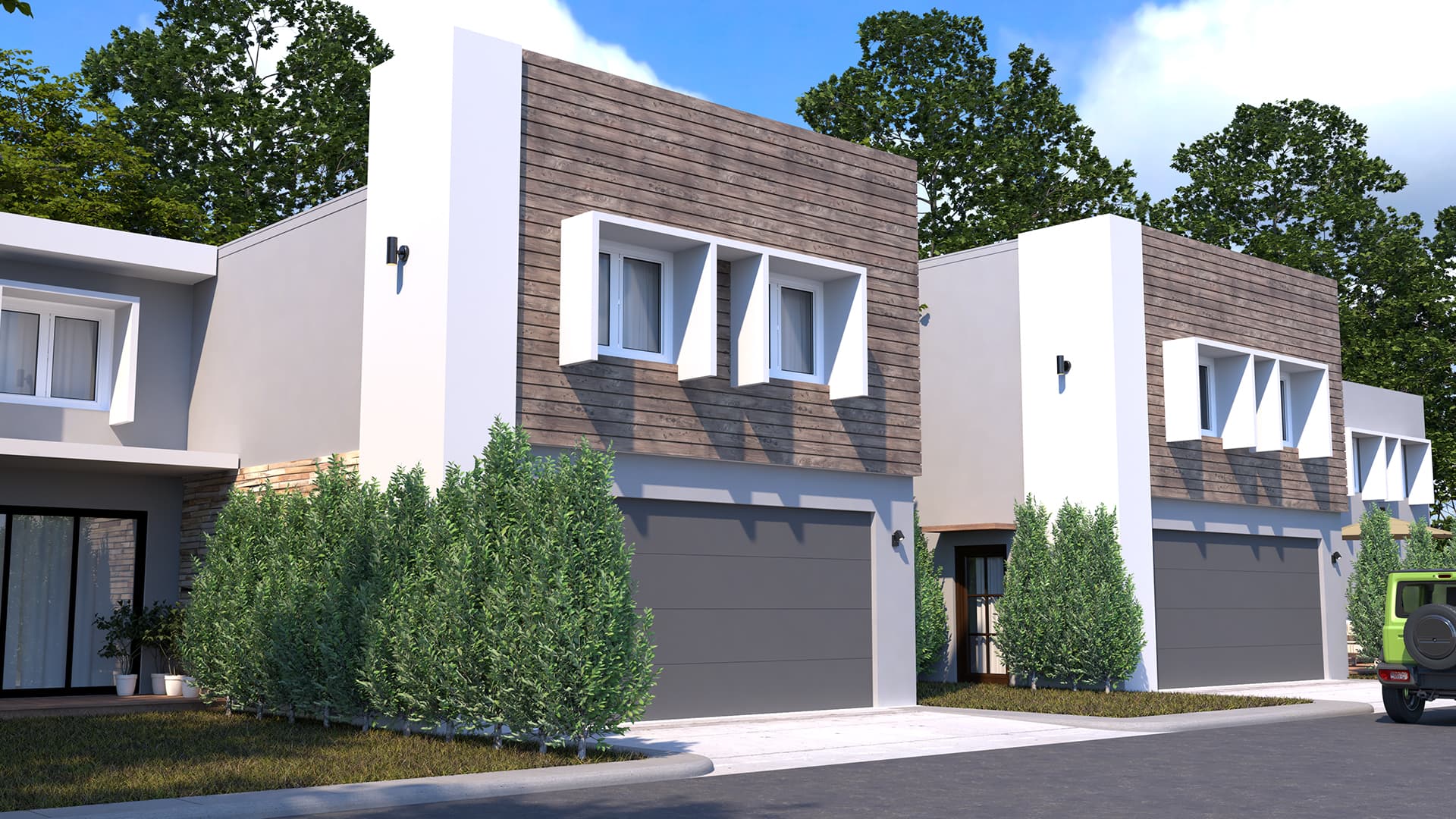When it comes to modern construction, innovation and sustainability go hand in hand. Among the many materials and technologies reshaping the industry, Expanded Polystyrene (EPS) foam has emerged as a versatile and eco-efficient solution. From insulation to structural support, EPS foam finds a multitude of applications in the construction sector. In this blog, we’ll explore the various ways EPS foam can be used in construction, highlighting its benefits and advantages.
Thermal insulation
One of the primary uses of EPS foam in construction is as thermal insulation. EPS foam sheets are excellent insulators, helping to regulate indoor temperatures by reducing heat transfer. They are commonly used in walls, roofs, and floors to create a thermal barrier, making houses and buildings more energy-efficient and comfortable. EPS insulation can significantly lower heating and cooling costs, making it a cost-effective choice for both residential and commercial projects.
Foundation insulation
EPS foam can be installed in the foundation of a building to provide insulation and prevent heat loss through the ground. This is especially useful in colder climates, where frost is a concern. Furthermore, EPS foam aids in cost reduction by minimising building material requirements while stabilising soil temperatures, thereby mitigating foundation risk, and ensuring structural stability.

Insulated panels
EPS foam is also used in the construction of structural Insulated Panels. Insulated panels consist of an EPS foam core sandwiched between two layers of sheetmetal. They provide both insulation and structural support, making construction faster and more efficient. They are often used for walls and roofs offering excellent thermal performance and strength.
Void formers and geofoam
EPS foam’s lightweight and load-bearing capabilities make it suitable for void formers and geofoam applications. It is used to create voids or reduce the weight of soil in certain construction projects like landscaping. Geofoam is utilised in highway construction to reduce settlement and pressure on underlying soils.
Custom moulding and architectural details

EPS foam’s versatility extends to custom moulding, architectural and landscaping details. It can be shaped and cut into intricate designs to create decorative elements like cornices, columns, and ornamental facades. It can also be used to create landscaping features.
When it comes to the construction industry, EPS foam is a game-changer, offering a wide range of applications that enhance energy efficiency, structural integrity, and design flexibility. Its lightweight nature, insulation properties, and adaptability make it a sustainable choice for modern construction projects.
At Ausdeck, our advanced CNC machines enable us to achieve millimetre precision when cutting EPS. We produce blocks and sheets for thermal and underfloor insulation and insulated panels. Additionally, we supply geofoam for civil engineering applications like roads and bridges, as well as custom moulds for architectural and landscaping features.



